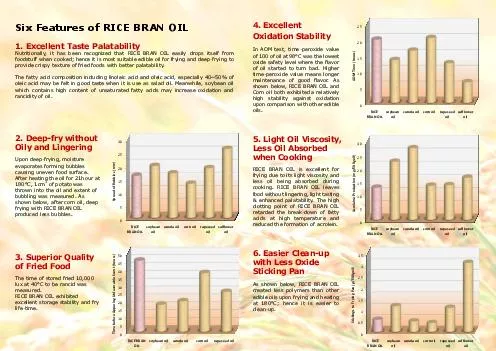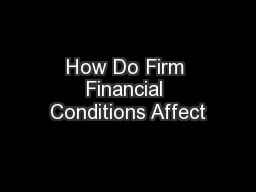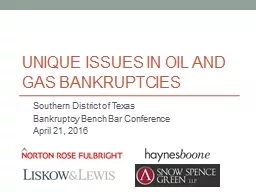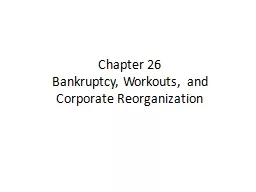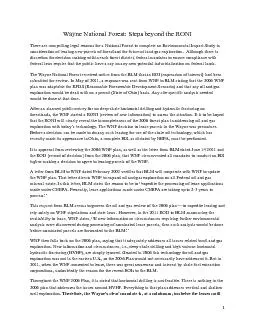PPT-Oil & Gas Distress: Bankruptcy Issues Deep Dive
Author : daniella | Published Date : 2023-10-30
April 13 2016 wwwvelawcom Energy Finance Series Oil and gas distress bankruptcy issues deep dive Summary of presentation Zone of insolvencybankruptcy duties Options
Presentation Embed Code
Download Presentation
Download Presentation The PPT/PDF document "Oil & Gas Distress: Bankruptcy Issue..." is the property of its rightful owner. Permission is granted to download and print the materials on this website for personal, non-commercial use only, and to display it on your personal computer provided you do not modify the materials and that you retain all copyright notices contained in the materials. By downloading content from our website, you accept the terms of this agreement.
Oil & Gas Distress: Bankruptcy Issues Deep Dive: Transcript
Download Rules Of Document
"Oil & Gas Distress: Bankruptcy Issues Deep Dive"The content belongs to its owner. You may download and print it for personal use, without modification, and keep all copyright notices. By downloading, you agree to these terms.
Related Documents



